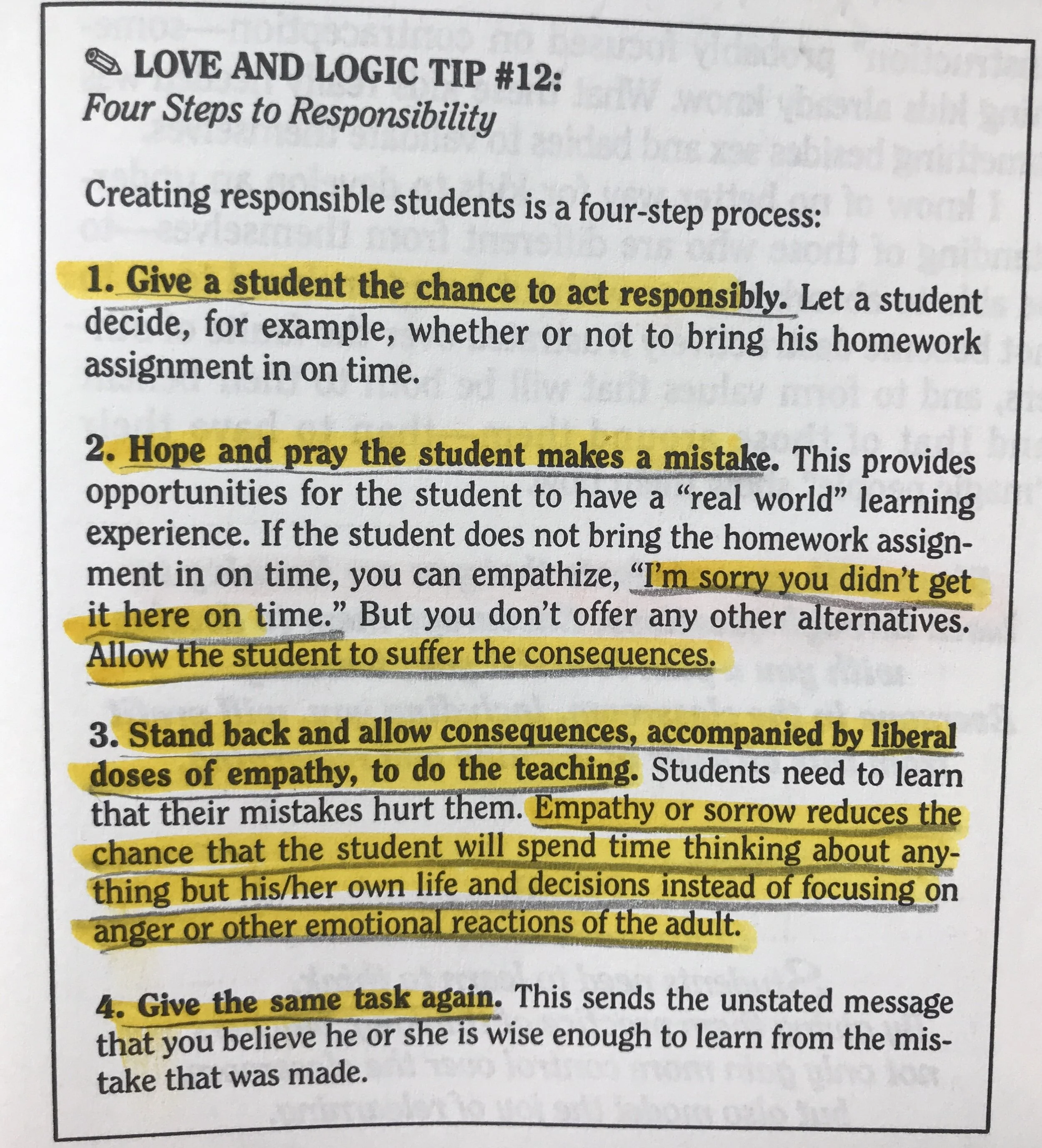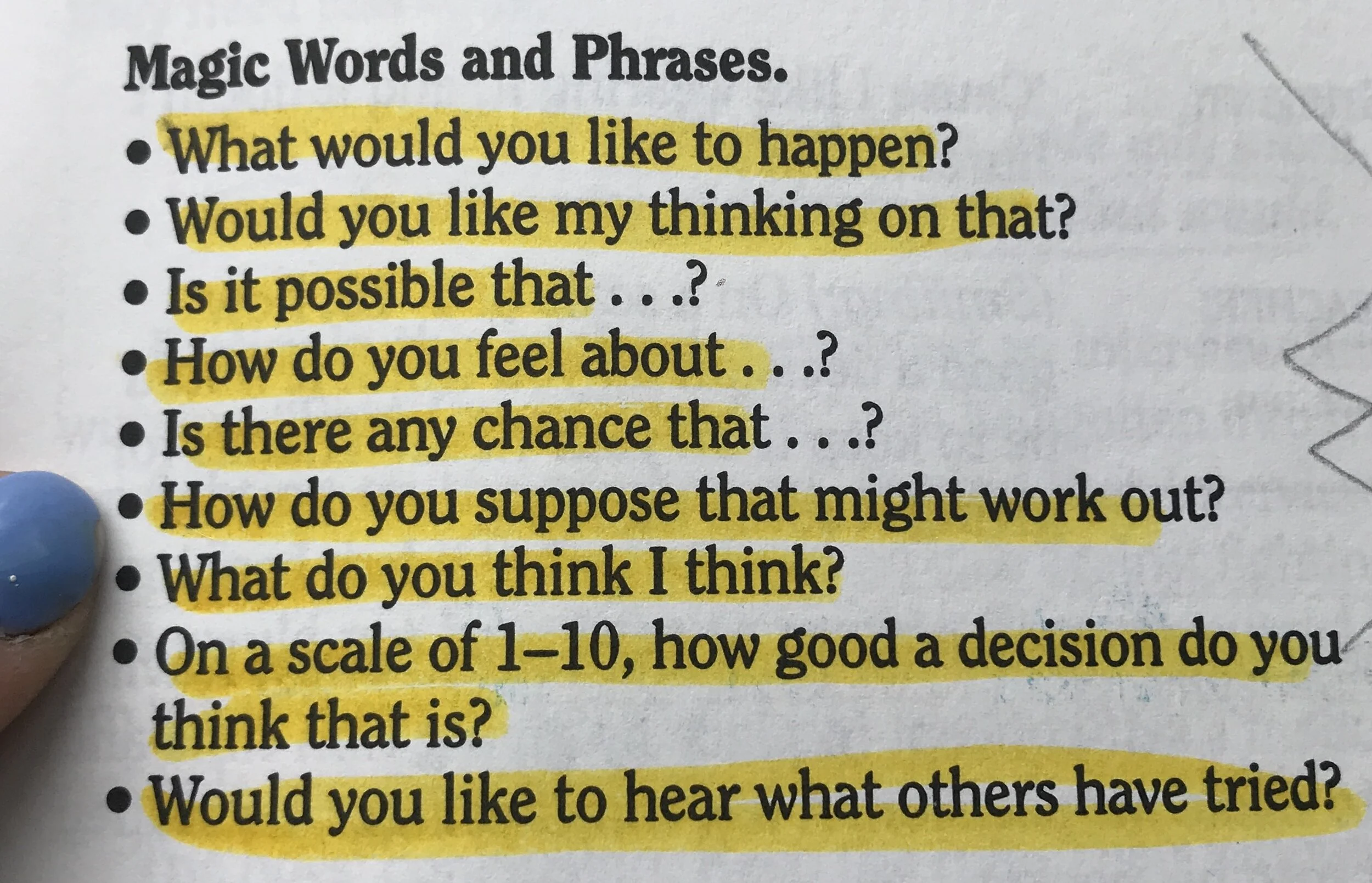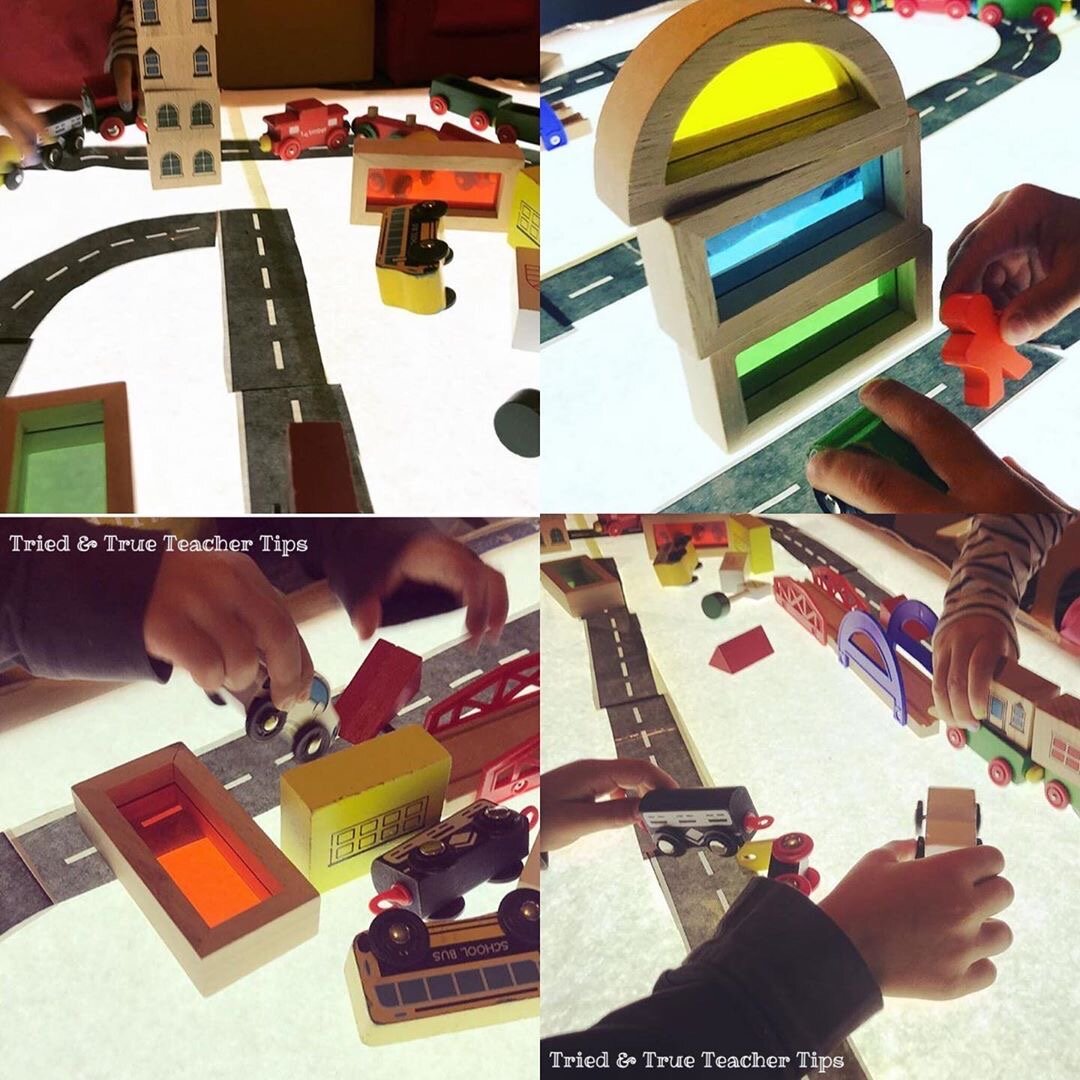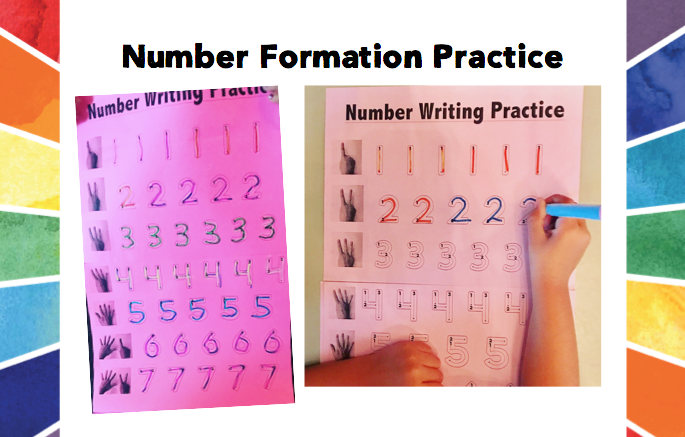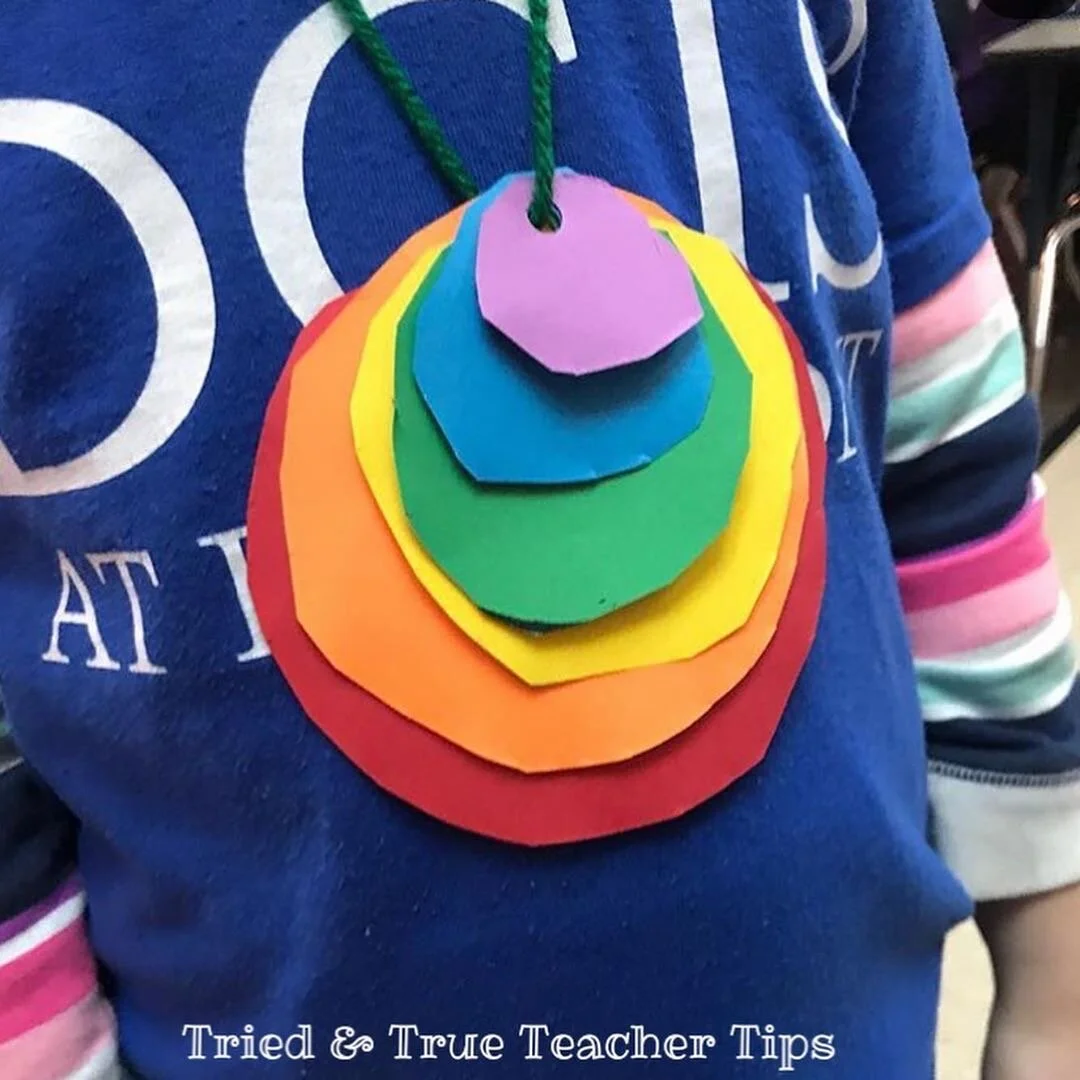Teach Your Kids To Be More Responsible (So You Can Worry Less)
“Have you ever noticed, at the end of a school day, how kids explode from school with energy to spare, and teachers drag themselves to their cars in complete exhaustion?
I’m convinced the reason for this is that teachers use massive amounts of mental energy doing much of the thinking kids could do for themselves.”
—Teaching With Love and Logic.
“In too many cases, schools give kids the opportunity to use their creative energies only to buck the system… consider for a moment what it would be like in schools if kids focused all their energy on learning, developing their skills and exercising self control.”
—Teaching With Love and Logic.
So how do we do it? How do we put the responsibility on our students?
We have to let them do the thinking, instead of us!
Here are a few key principles:
(These are from the TEACHING WITH LOVE AND LOGIC BOOK you can find it at the bottom of this post!)
1. Enhancement of Self-concept
Our self-concept is easily broken and resistant to change. Because of this, we use defense mechanisms to protect who we believe we are.
Situations that we feel attacked invoke a “fight or flight” response
*****A person in an emotional state needs interaction that enhances that person’s self worth. Then, he or she can begin to think clearly.
2. Shared Control
Autonomy (having control over ourselves and our choices) is one of the most valuable privileges.
People who feel control is either being taken away or unjustly imposed will fight to get it back. When we are fighting for control, emotions come before reason.
Fighting any person who is in an emotional state for control usually does nothing more than escalate the power struggle.
****We need to remember to share control through choices, whenever possible.
3. Consequences with Empathy
Most negative feelings develop from an expectation that has not been met — our sense of what should be is violated.
With empathy, we are validated, even if our behavior is not condoned.
Empathy tells us that someone is, at least, trying to understand our position.
****Consequences with empathy work well because they satisfy our need for order and create a situation that does not disrupt our thinking process.
“Consequences with empathy allow the teacher to be the “good guy” while the questionable decision becomes the “bad guy.” —Jim Fay
What does this look like in a preschool classroom?
A kid hits another kid on the playground. Teacher says, “Uh-o…”
(My go-to phrase is “Uh-O,” message me if you want more on this!)
“Uh-o… how sad. Look at her face! She’s crying… I can tell that hurt.”
(In my classroom, I don’t force kids to say “Sorry”…instead we have to “check on them.”)
How? First, we ask if they are okay, then we offer to help in some way, “Do you want a hug? Do you need a tissue?”
It’s super basic but you will see it stops the shame that a child feels when they hurt their friend and prevents them from shutting down.
So, they check on the kid and then, instead of me going, “NOW YOU’RE GOING TO SIT OUT!”
I might ask, “What are you going to do to fix this?”
In the beginning, they usually say they don’t know. But once you use these strategies consistently, they get used to it.
When they say “I don’t know” you can ask, “Do you want to hear what other kids have done?”
Then you can give them ideas:
“Sometimes kids make something for the friend they hurt, maybe you could draw a picture. Or other times kids try to do something nice for them, you could look for a pretty rock. Or you could give them a nice compliment to make them smile.”
NOW HERE’S THE KICKER… You ask them, “What do you think you’re going to do?”
You let them decide what they are going to do.
They are 4 or 5 now, the problems are small, the actions are small…
You give them some ideas of how they can fix the little problem they caused…
And next time, they will already have ideas to take action…
And the time after that, they might come up with their own new idea…
And they keep growing and taking on problems…
And their problems get bigger as they get older,
But so does their problem-solving and ownership…
Because you’ve supported them (not shamed them) when they have a problem…
And because you’ve reminded them, “YOU CAN HANDLE IT.”
And you’ve sat back and watched (THIS IS SO IMPORTANT) to let them fail…
they have to suffer the consequences to LEARN.
(💣TRUTH BOMB ALERT: It’s harder to watch them suffer the consequences, than it is to jump in and save them, that’s why most of us jump in… but remember, every time you jump in and save them, you’ve PREVENTED THEM FROM LEARNING THAT LESSON.)
Even though we have them when they are 5, we are setting them up for their later years…
By the time they are teenagers, and they have one of those bigger teenager size problems,
They.
Can.
Handle.
It.
(Hallelujah.)
Teaching With Love and Logic explains a lot about the way we should be questioning our students:
If a teacher asks a question in such a way that a student focuses on the question rather than on the teacher’s emotional overlay, the student’s thinking process is more likely engaged than is his or her emotional reaction.
Thinking increases the chances that a problem will be addressed.
An emotional reaction ensures that a student will be distracted from solving the issue at hand.
Love and Logic gives us some phrases to rehearse that may serve us well in situations where there are emotional issues involved (classroom disruptions, irate parents, or angry students).
Here are some to consider:
These are magic because of the enchanting predictability of the other person’s behavior when they are used.
They are stated in an attentive way.
There is an undeniable demonstration that the person is cared about.
***This is the power of empathy.
The next few pages of the book are so well written, I felt that by trying to put it in my own words, I might lose possible take-aways for some of you… and I didn’t want to risk that.
I wanted to make sure I didn’t stand in the way of you finding value and meaning in each of the parts…
There is SO MUCH GOLD to take away from these pages…
**Hint: YOU ARE THE MAGIC PEOPLE.
You have so much power in the eyes of your students, especially when you use strategies that show them you care, love, and support them… no matter what behaviors they might try with you.
If you’d like more ideas on how to be a calm, ready-for-anything kind of teacher… make sure to join my email list.
(AND FYI, you can email me anytime if you need some ideas on a tough behavior in your classroom! I’m happy to help!)
I’m here for you when the voice in your head is out of helpful ideas… don’t let it take you to negative town, reach out and we will get you back on track!
YOU’RE.
A.
GREAT.
TEACHER.
💛
(And I got your back.)
💙 I want to hear from you!
Please leave a comment at the bottom of this page sharing what stuck out to you the most!
⬇️ ⬇️ ⬇️
P.S.—(All of this information from this post comes from the book shown above.)
It is my most valued go-to resource for behavior management ideas. My copy of this book sits out on my desk and I reference it all the time!
Every time I look back through at all of my highlighting, I find more valuable information useful to me in a new way!
If you are a new teacher or a teacher who is having trouble with classroom management, PLEASE GET THIS BOOK. I promise you will be so glad you did, it will change your whole year!
(Disclaimer: This is an affiliate link. I may earn a small commission if you use these links to make a purchase. You will not be charged extra.)


